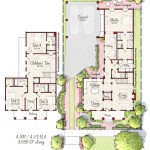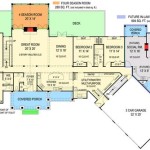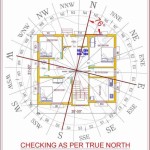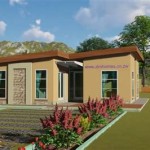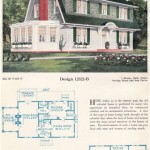Round Earthbag Home Plans: A Comprehensive Guide
Round earthbag homes are gaining popularity due to their unique advantages. These homes offer durability, affordability, and environmental sustainability. If you're considering building a round earthbag home, it's crucial to understand the essential aspects of planning your project.
Site Selection and Soil Considerations
Selecting the right site is vital. Ensure the land is well-drained and has a stable foundation. The soil should be suitable for earthbag construction, with a high clay content and good compressive strength. Conduct a soil test to determine its suitability.
Bag Selection and Filling Materials
Earthbags are typically made of polypropylene, a durable and UV-resistant material. They come in various sizes and can be filled with various materials, including soil, sand, and gravel. Choose a filling material that meets your local building codes and provides sufficient stability.
Foundation and Ring Beam
A solid foundation is necessary to support the weight of the earthbags. Options include concrete footings, rammed earth walls, or helical piers. A ring beam, typically made of concrete or reinforced steel, is placed on top of the foundation to distribute the load evenly.
Wall Construction and Stacking Pattern
Round earthbag homes are typically constructed using the "continuous helix" stacking pattern. This involves filling earthbags and stacking them in a spiral pattern, creating a dome-shaped structure. Ensure proper alignment and compaction of the earthbags to create a strong and stable wall.
Roofing Options
Various roofing options are available for round earthbag homes, including thatch, metal, and green roofs. Thatch provides insulation and a natural aesthetic. Metal roofs offer durability and weather resistance. Green roofs incorporate vegetation, providing insulation and environmental benefits.
Openings and Windows
Openings for doors and windows are created by leaving spaces between the earthbags or by reinforcing the openings with concrete or steel frames. Proper weatherproofing and insulation around the openings are crucial to prevent water infiltration and heat loss.
Finishing and Aesthetics
Round earthbag homes can be finished with a variety of materials, including plaster, lime, or natural stone. These finishes provide a smooth surface, improve durability, and enhance the aesthetic appeal of the home. Additionally, you can incorporate natural elements such as wood, bamboo, or sustainable materials to create a harmonious living space.
Additional Considerations
Other essential aspects of round earthbag home plans include:
- Seismic Stability: Consider the seismic activity in your area and design the home to withstand potential earthquakes.
- Ventilation and Moisture Management: Provide adequate ventilation to prevent moisture buildup and ensure a healthy indoor environment.
- Code Compliance: Ensure your plans meet local building codes and regulations for earthbag construction.
- Cost Analysis: Determine the estimated cost of materials, labor, and professional assistance based on your specific home design and location.
By carefully considering these essential aspects, you can create a well-planned and sustainable round earthbag home that meets your needs and aspirations.

1 5 Story Roundhouse

Best House For Hot Humid Climate Green Building Forum At Permies Cob Plans Tiny

2 Story Earthbag Roundhouse Plan

18 Beautiful Earthbag House Plans For A Budget Friendly Alternative Housing Cob Round

Earthbag Building The Mud Home

Roundhouse Dome Cer Plan

Double Unit Eco Resort Plan Sustainable Life School

Earth Nation S Earthbag Homes Are Happening Steemit

Triple Roundhouse Cer Plan

Earth Nation S Earthbag Homes Are Happening Steemit

